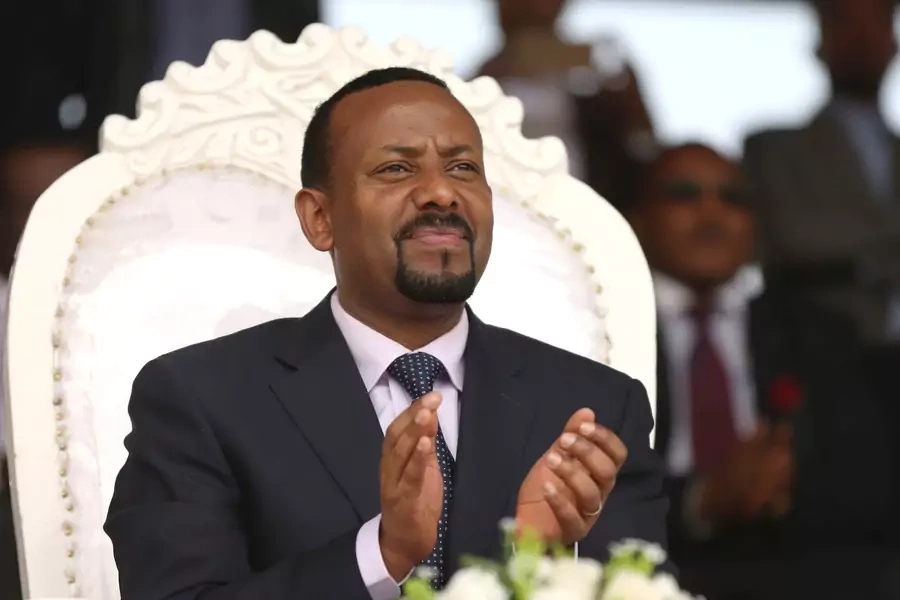Ethiopia’s Long Political Transition Is a Lesson for Others

Ethiopia, a strategically located regional power with over 100 million people and one of the fastest growing economies in the world, has a new prime minister. Abiy Ahmed is a compelling figure and his personal history is resonant—he comes from one of the country’s two largest ethnic groups, has mixed Muslim and Christian heritage, and fought against the Derg (shorthand for Ethiopia's Communist government from 1974 to 1991). At forty-two, he is Africa’s youngest head of state, and his youthful charisma is a breath of fresh air. His political instincts are impressive, as evidenced by his early efforts to listen to and reassure Ethiopia’s disparate regions, and to loosen the restrictions that an increasingly repressive state machinery had used, ineffectively, in pursuit of stability. He is also a man with a very tough job ahead of him. His ascension to office is only the latest development in an attenuated transition process that began with the death of Meles Zenawi in 2012, and has since encompassed shifting dynamics within the ruling party and increasing popular frustration across the country.
In accordance with the constitution, Deputy Prime Minister Hailemariam Desalegn stepped into the leadership role when Meles died. Ethiopia’s ruling political party, the Ethiopian People’s Revolutionary Democratic Front (EPRDF), worked to project an image of tight control and continuity. To that end, Ethiopia’s information minister was widely quoted as saying, “I would like to stress, nothing in Ethiopia will change. The government will continue. Our policies and institutions will continue. Nothing will change in Ethiopia.” But what a difference six years makes. Having been buffeted by popular uprisings, a violent government response, and a national state of emergency that exacerbated popular disaffection, Hailemariam resigned in February of this year. By the beginning of April, Abiy committed to reform and was apologizing for the mistakes of the past. Change wasn’t just on the table—it was at the heart of his appeal to the nation.
More on:
To be sure, the issues at stake in Ethiopia’s internal political debates are complex and longstanding. But since the death of Meles, the way these debates have manifested has changed significantly. Ethiopia’s recent experience suggests that, no matter how smooth the process of replacing a leader may initially appear, the very fact of long-awaited change at the top awakens latent appetites for devolving power and intensifies expectations of reform throughout society. Old grievances gain new urgency while popular tolerance for heavy-handed or self-serving policies dissipates quickly.
To the south, ruling parties in both Angola and Zimbabwe have worked to carefully manage major leadership transitions of their own, albeit under very different circumstances. They might take a keen interest in Ethiopia’s recent history. Ruling party continuity does not guarantee that new leaders can govern as their predecessors did, or count on the same patience or leeway from their own party or population.
More on:
 Online Store
Online Store